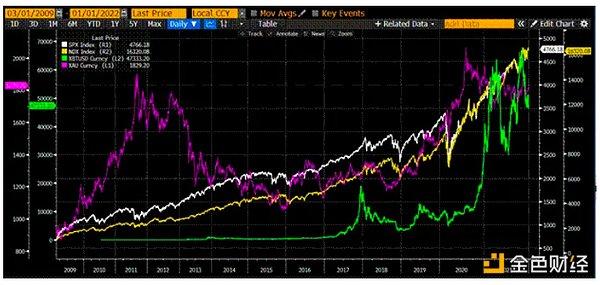Author:Stacy Muur
Compiled by: TechFlow
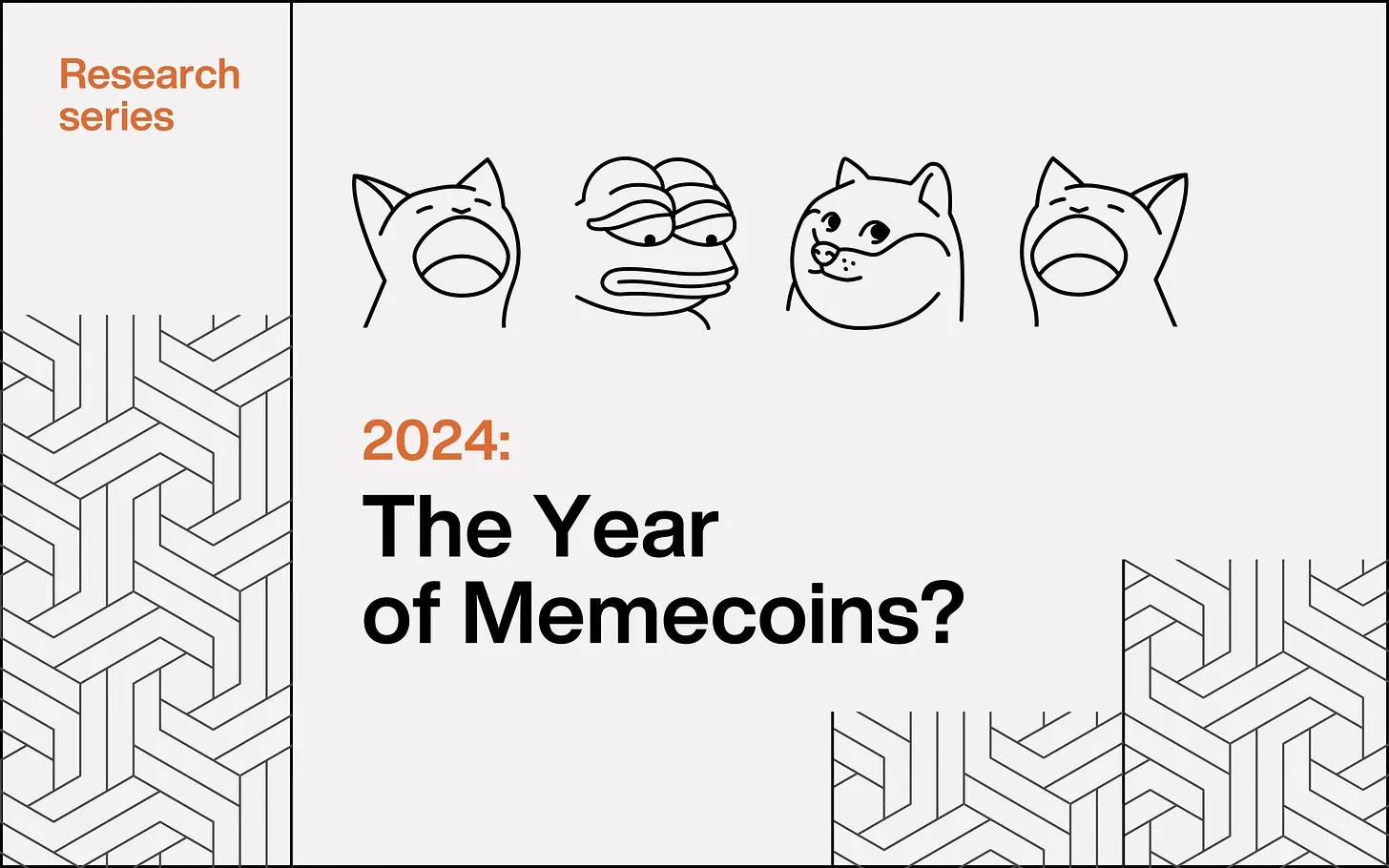
Over the past few weeks, Memecoins have overshadowed all other Web3 topics, making ordinary users feel that jumping on the Meme bandwagon is the only way to achieve high returns. Driven by the hype around Memecoins such as $PNUT, $PEPE, $BONK, $BRETT, and the growing popularity of the Meme category, the daily trading volume of Memecoins has reached its highest level, making them a hot topic. But is the risk worth these returns? Is the Memecoin market being overhyped?
The Current State of Memecoins
Is Meme really the theme of the year? If you ask someone with at least five years of experience in the Web3 market how they would define 2024, they would likely say it is the year of Memecoins.
Many believe that Memecoins are the best-performing assets of the year, and they support this view with charts and rankings. But does this really reflect reality?

Industry performance in 1 month
Source:Artemis
If we analyze the industry performance since the beginning of the year, the data may present a different result. For example, on Artemis, the RWA index (including Ondo, Mantra, Clearpool, and Maple) leads with a growth rate of 1,900%, while Memecoins have a growth rate of 258% and Bitcoin 104%. Additionally, it is important to understand which Memecoins are included in the consideration. On Artemis, the Memecoin index currently tracks only the 19 largest Memecoins.

The category rankings on CoinGecko face another issue: many Meme assets belong to multiple categories, so a few strong performers can significantly inflate the 7-day performance of multiple categories.
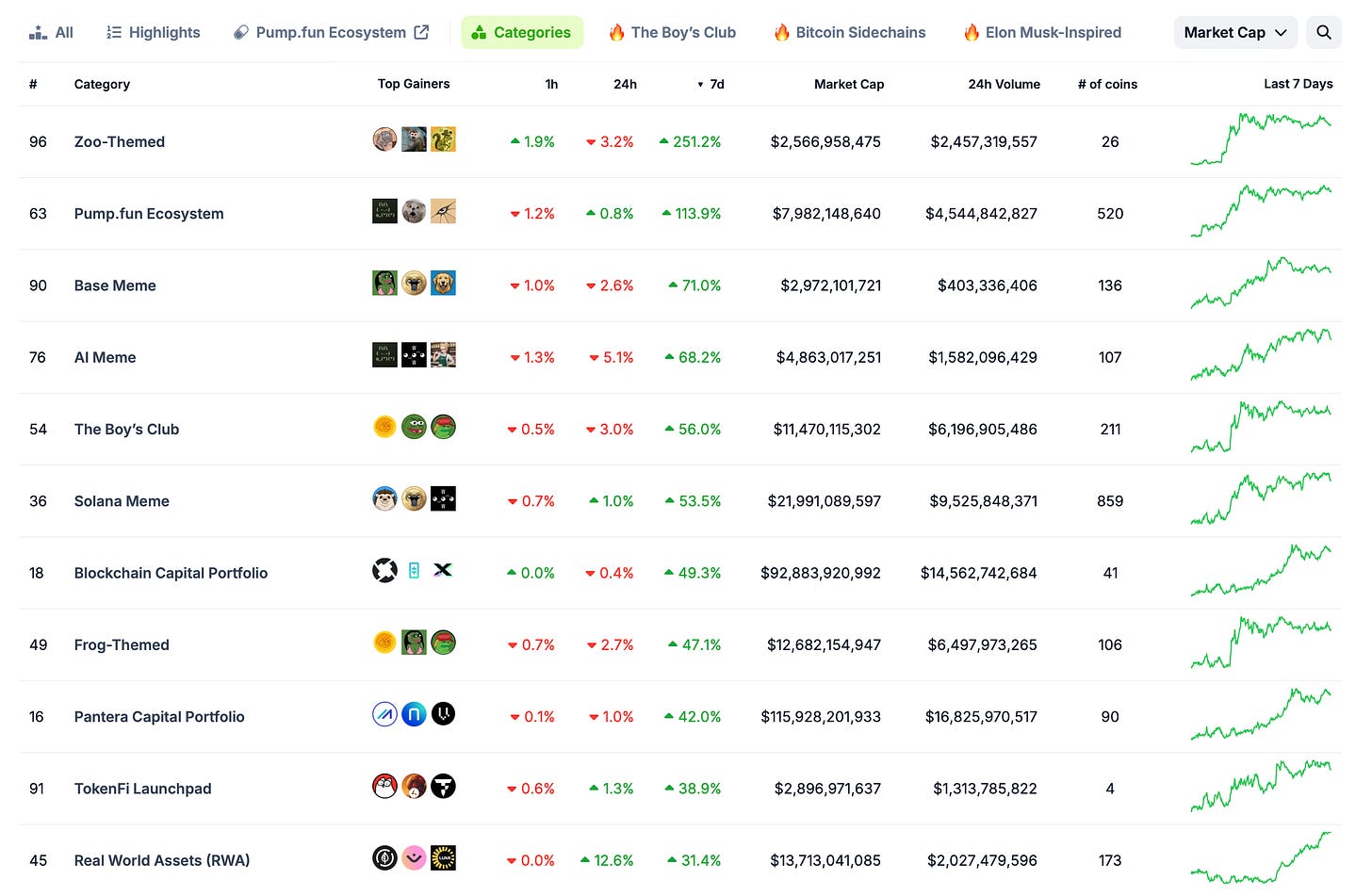
Source:CoinGecko categories
Considering the Pump.fun ecosystem, which tracks 520 tokens, this helps me understand why I believe this is an issue. It has performed very strongly, being the second-largest gainer of the week, sparking significant FOMO (fear of missing out).
However, upon closer inspection, it turns out that less than 20 Tokens (3.8%) have a 7-day gain of over 110% (the average for that category), and less than 60 Tokens (11.5%) have a positive weekly gain.
This no longer seems like a "WAGMI" (we're all going to make it), does it?
From a performance tracking perspective, the main issue with Memecoins is that their industry performance is typically measured by the largest or most popular assets in the category.
This creates the illusion that Memecoins outperform all other Web3 domains. In reality, a more accurate statement is that only the leading Memecoins outperform other categories.
This leads to an important point: we need to differentiate between mature Memecoins and new Memecoins, as they represent two very different markets.
New Memecoins
CoinGecko currently tracks 520 Memecoins on its Pump.fun dashboard. Since the launch of Pump, 3 million tokens have been created.
This means that 99.982% of the tokens are not tracked on CoinGecko, so we have no information about their performance.
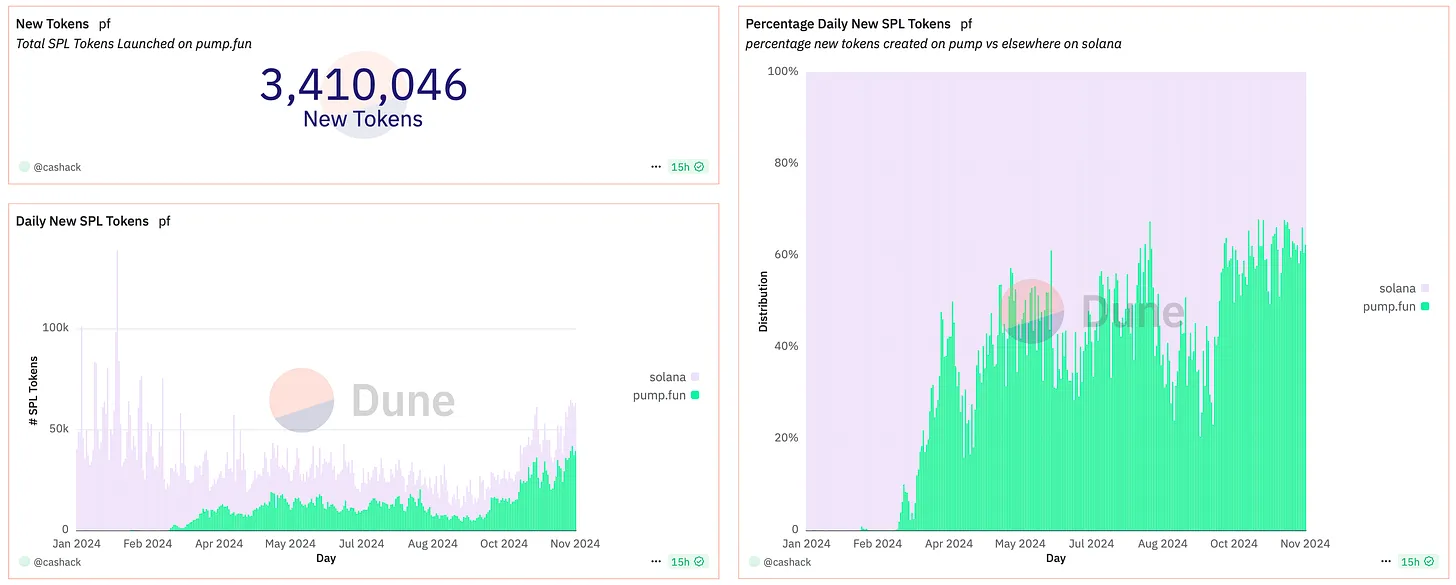
Source:Dune
This means that 99.982% of the tokens are not tracked on CoinGecko, so we have no information about their performance.

Source:Dune
Here is some background information that I researched at the end of August:
The majority of the most profitable addresses are the token deployers
Only 3% of Pump.fun traders made over $1,000
Only 0.8% made over $10,000
Over 60% of traders lost money

Source:@newtoneinsteinx on X
For the average new Memecoin trader, the biggest challenge is the inability to distinguish between "emerging" and "mature" Memecoins.
Most novice traders chase early protocols, hoping to replicate the 0.001% success cases of widespread adoption, like $PEPE or $BONK.
I don't want to disappoint you, but your chances of being struck by lightning are actually higher: 0.011%.
Mature Memecoins
The prospects for mature Memecoins are much more optimistic. They do not gain market share due to venture capital support or specific valuation factors, but rather through their community, a bit of luck, and strategic market management.
This may sound like a conspiracy theory, but I believe that most Memecoins with a solid market share are not created by random developers. Usually, these successes are backed by professional Memecoin development teams with ample resources for market-making and marketing.
What I want to clarify is that I'm not saying all popular Memecoins are the result of perfect planning, but this may apply to most cases.
There are several reasonable factors that make mature Memecoins perform better than many other Web3 domains:
100% of the supply in circulation (no low liquidity or high FDV)
No venture capital support (eliminating additional selling pressure)
Organic and active holder communities
No product risk (no vulnerabilities, poor execution, or poor user acquisition)
Memecoin rotation cycle (profits from one Memecoin rally flow into other Memecoins)
Strong correlation with the overall market cycle
Lower dependence on marketing
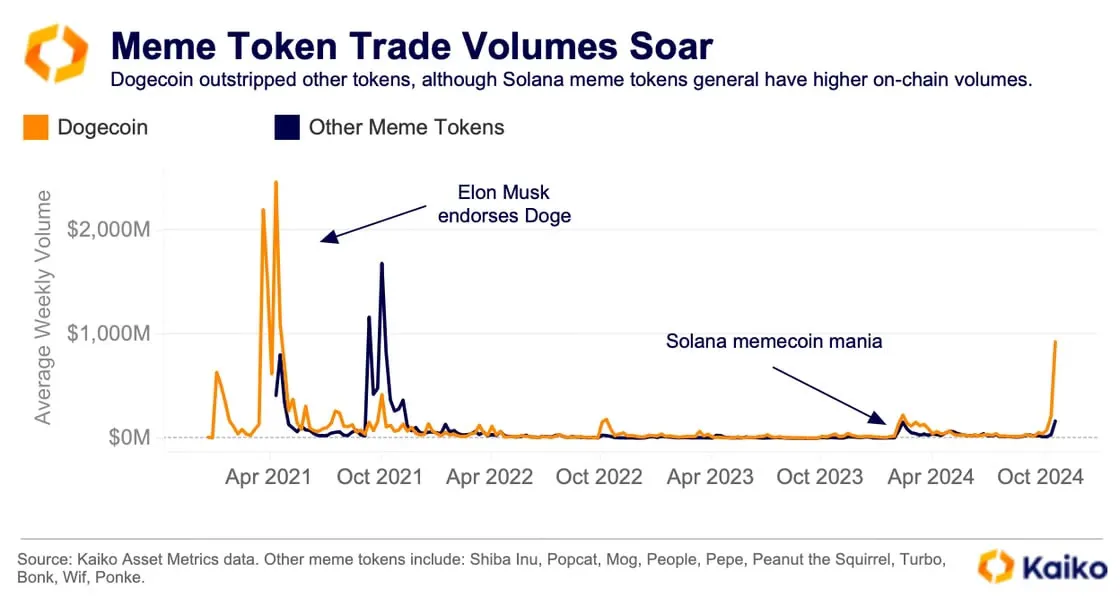
Source:Kaiko
Memecoin trading is primarily speculative, and this year's trends have become more predictable, forming patterns that attract significant trading volume and liquidity, diverting market share from "classic" coins, especially in the current context of a lack of dominant or novel narratives in Web3.
Notably, according to 1% market depth data from US exchanges, Meme token liquidity reached an all-time high last week, reaching $110 million. Large-cap Meme tokens like SHIB and DOGE still dominate, accounting for over 70% of market depth.
However, their market share is gradually declining, indicating an increasing interest in smaller tokens among investors.
Where Do We Stand Now?
Currently, over 50% of the trading volume on Solana is from Memecoins. On BNB, this figure is close to 45%, and on Base, it is around 25%. These are already quite significant proportions.

Data source:Dune
However, history tells us that when the market is busy pushing a certain narrative after price volatility, it is often too late.
In my view, the Memecoin market has already reacted to the rise of Bit. As long as the price remains around $90,000, I think it is unlikely that mature Memecoins will see new surges - we can call them "cult coins" to avoid confusion with the 3 million tokens created on Pump.fun this year.
However, retail investors are always quick to follow the latest trends, still boarding this train, hoping for a journey to Valhalla.
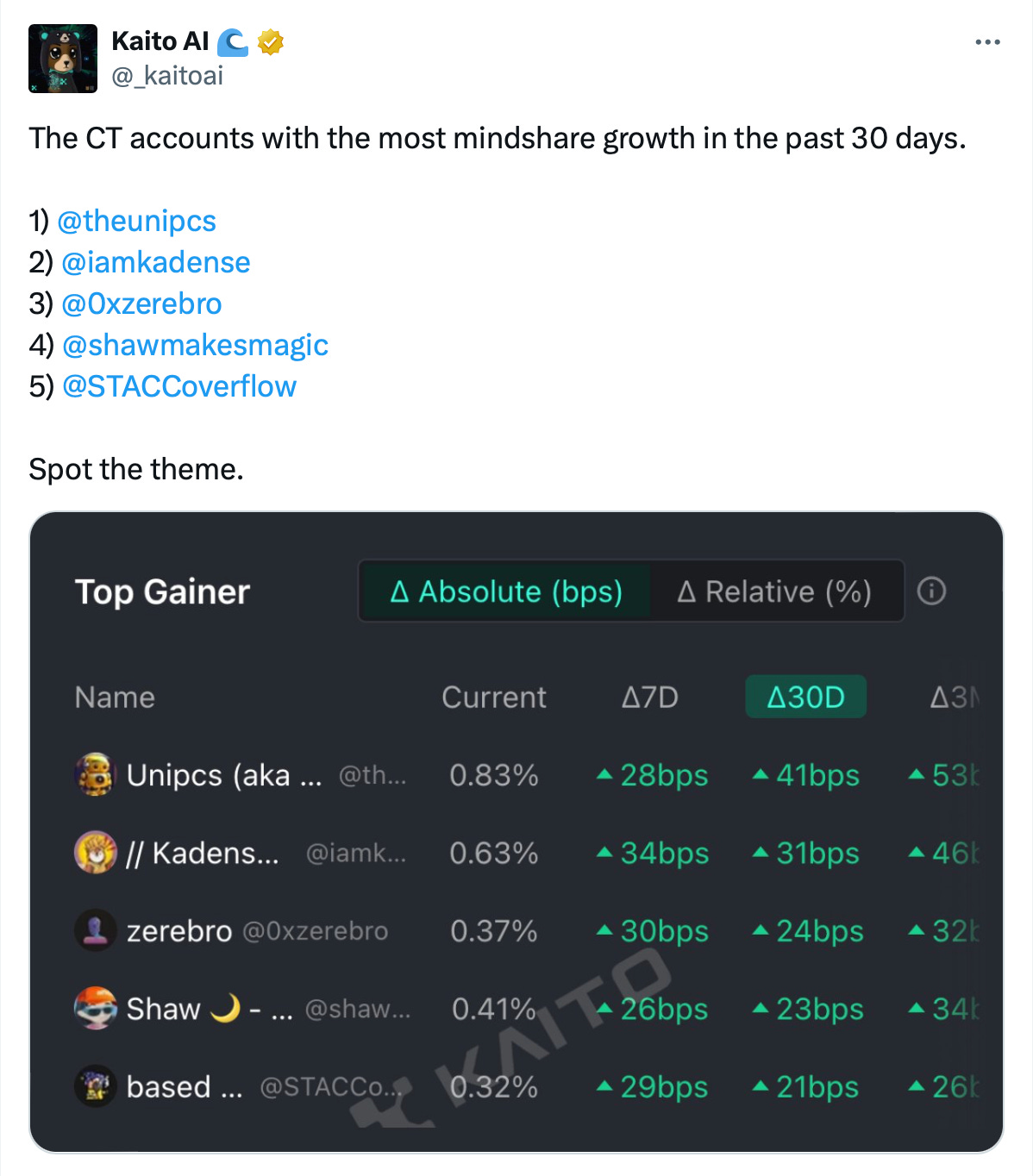
Source:@_kaitoai on X
The main problem is not just that most people have boarded too late, which is common in all narratives. The real problem is that many retail investors are flocking to new Memecoins, which are more likely to result in losses than gains.
As a result, new users suffer losses, leading to a stagnation in further user introduction. For the average Web2 user, the difference between Memecoins and traditional coins is almost negligible; to them, these are just code. Therefore, this poor experience affects all areas of Web3.
It should be noted that I do not oppose the "cult coins" that have already gained market share - that is, the mature Memecoins. They do have many advantages. However, I think we should stop lumping together good projects and the poorly designed lotteries on Pump.fun. Let's fix this problem.
Final thoughts
If you are an experienced Meme coin trader, you can continue to execute your strategy, but be aware that the market may have already overheated.
If you are a Meme coin novice and feel a strong FOMO, you can consider allocating a small, controllable portion of your portfolio to experiment, focusing on the mature "cult coins".
Unless you know how to win in the market, you should avoid participating in new coin offerings. There is an important principle: If you don't know how to win the game, don't play.






